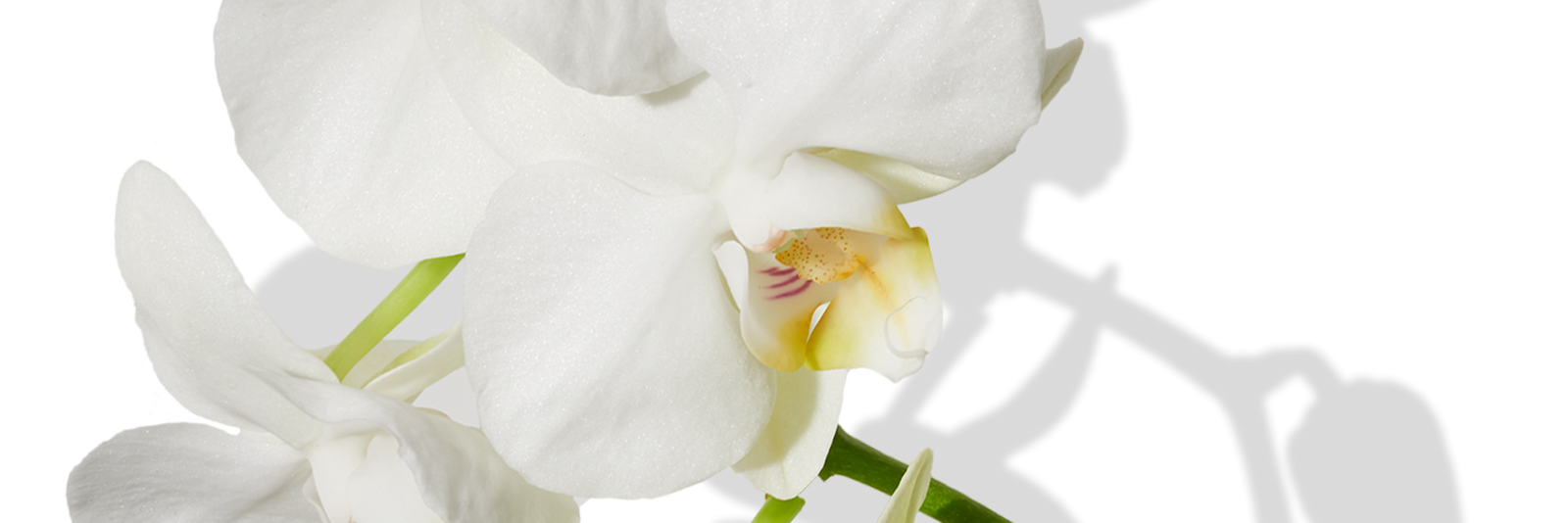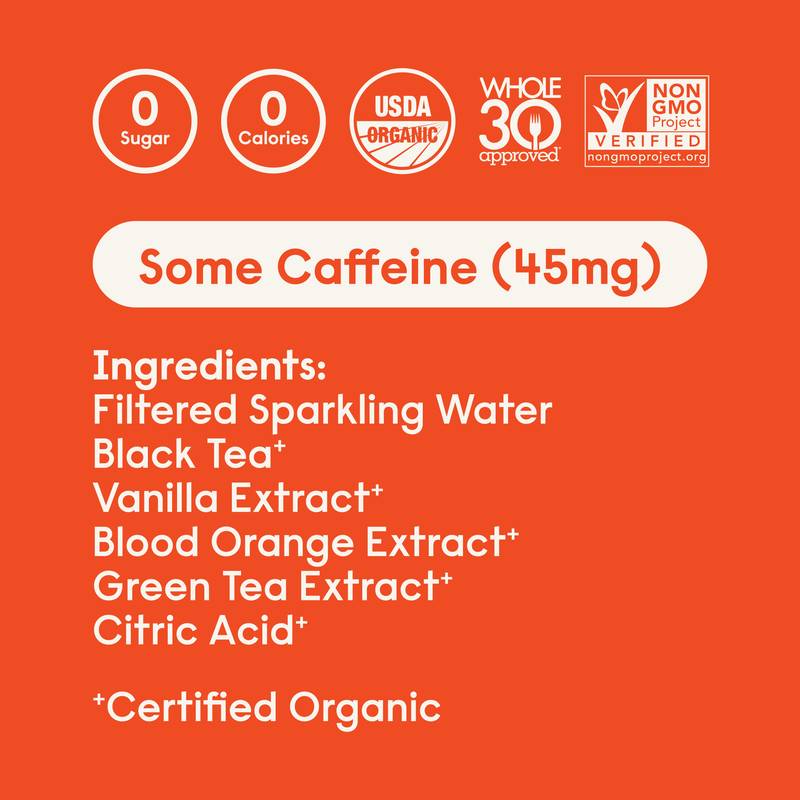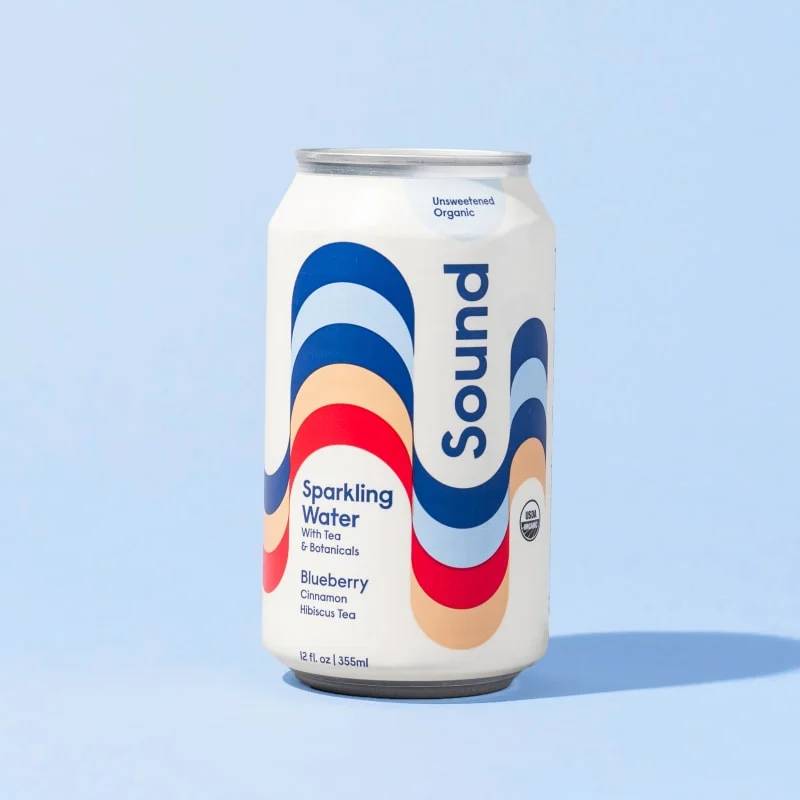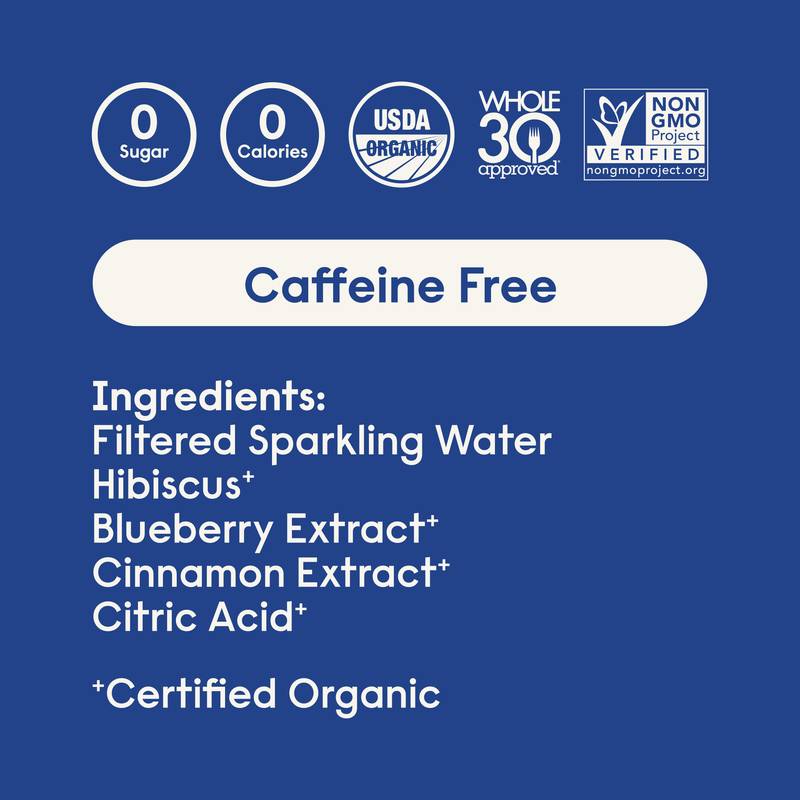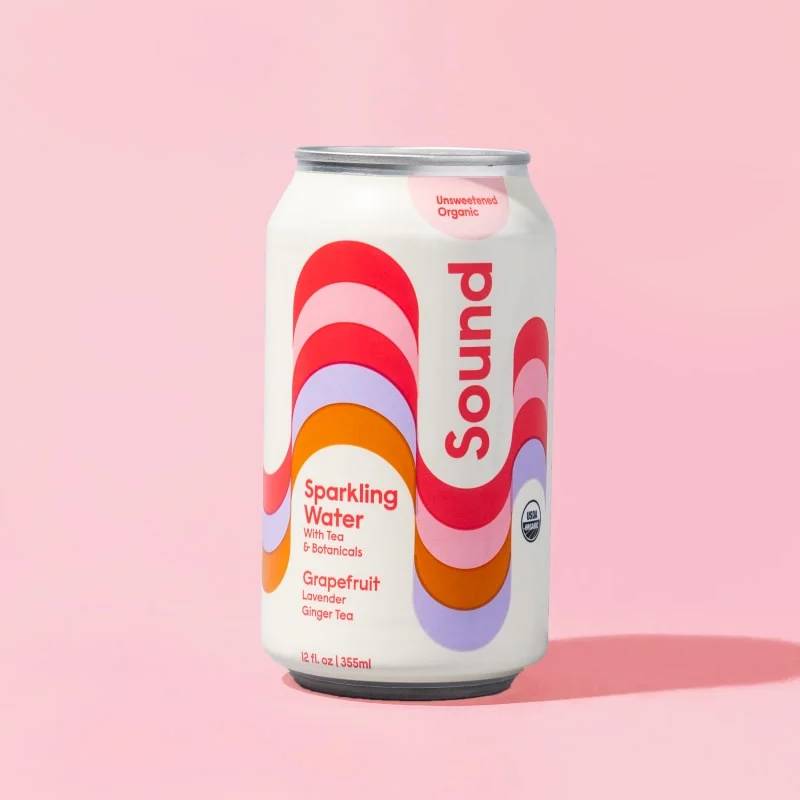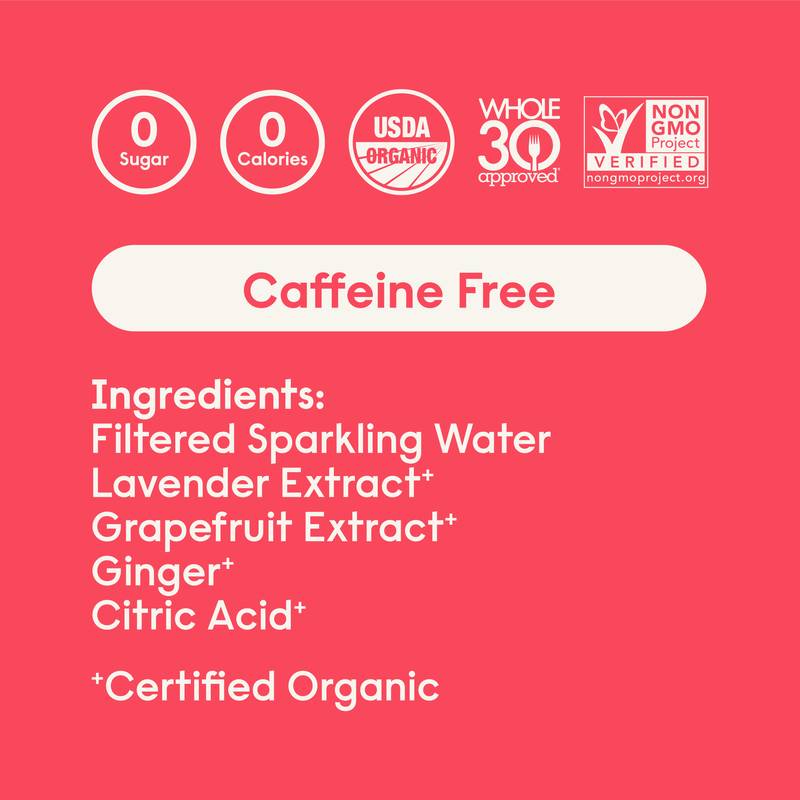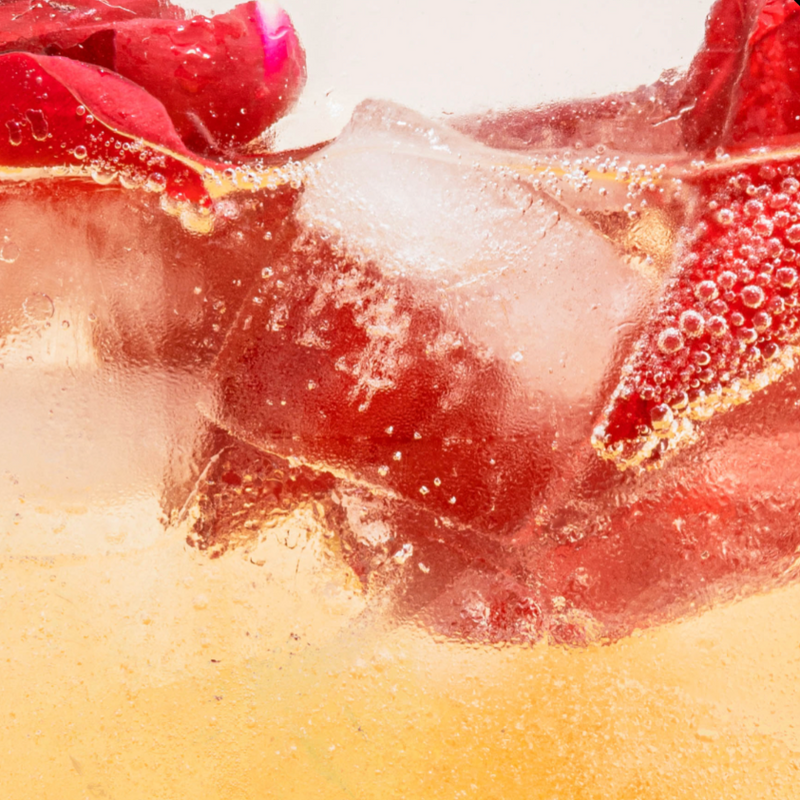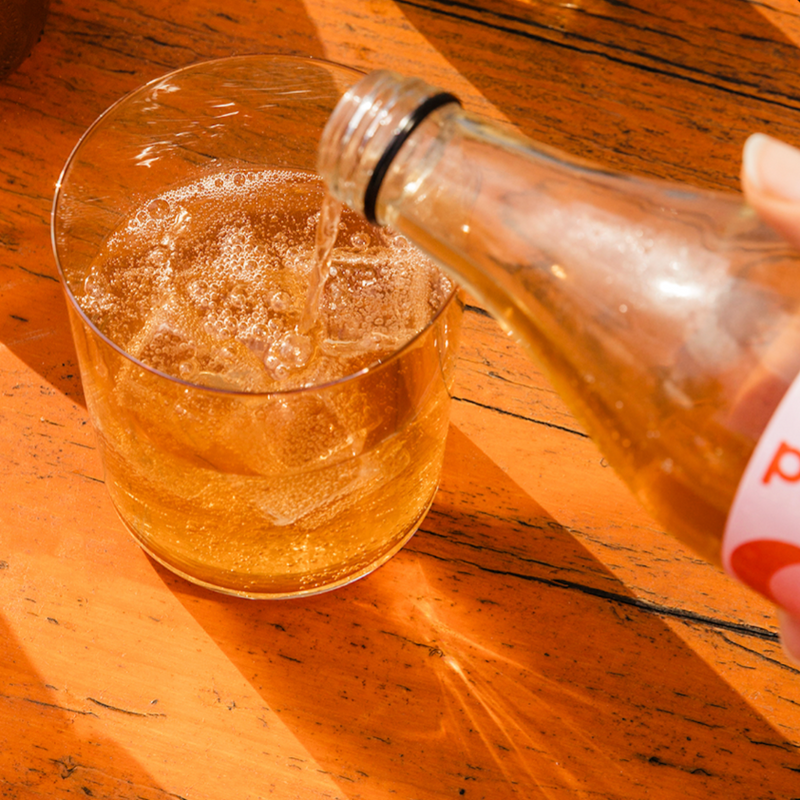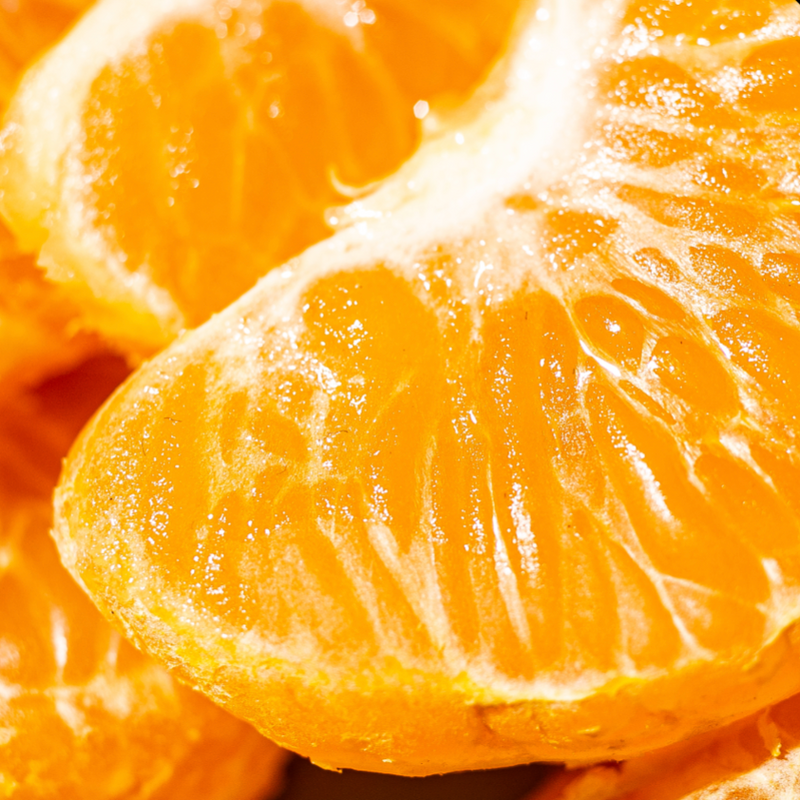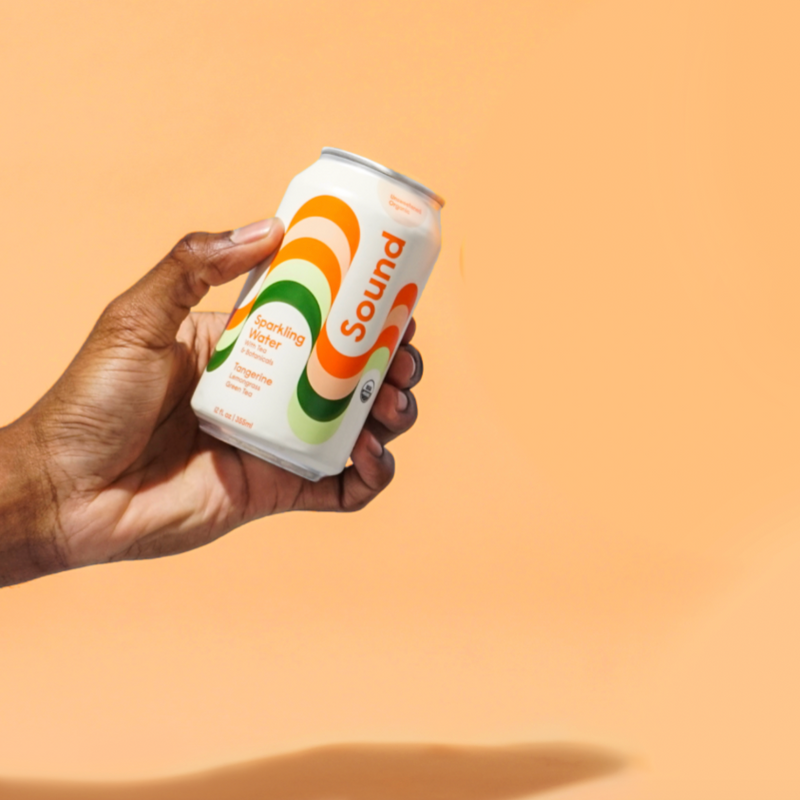Did you know that most of the “vanilla” we consume today isn’t really even derived from vanilla beans? Most often it is actually artificial vanilla flavoring. In fact, it was recently said that less than 1% of the total global market in vanilla flavor actually comes from vanilla beans (others suspect less than 5%). One of the reasons for this is that vanilla is one of the most expensive spices in the world, and besides the fact that it is a spice that is in high demand, five to seven pounds of vanilla beans are needed to create just one pound of vanilla extractives! Also, the actual processing of vanilla is lengthy and laborious. Without getting into too much detail, the vanilla plant (which is actually a type of orchid as seen above - pretty right?!) must be pollinated. The tedious technique of hand pollination is often used to grow the vanilla fruit, which is often referred to as vanilla beans (although they aren’t actually beans at all). Then the beans begin a lengthy cycle of drying and sweating. Apparently, it can take about one year from the time the plant is grown to when it is exported for use!
Because of this, synthetic vanilla is being widely used to flavor products, either deriving the ‘vanillin’ flavor from other natural products like wood/paper or artificially recreating the flavor in a lab. If using an artificial version, that product must have ‘imitation vanilla’ or ‘artificial vanilla’ on the product packaging. If the vanillin was derived from another natural source besides vanilla beans, you may see ‘natural flavors’ on the ingredient list (more about natural flavors and what they truly are here). SOUND Sparkling Chamomile Tea contains organic vanilla extract, meaning that organic vanilla pods were treated with only alcohol and water to extract the vanilla flavor.
Vanilla extract itself has been found to be an antioxidant, reducing inflammation and cell damage. Just the smell of vanilla alone may reduce anxiety and depression!
